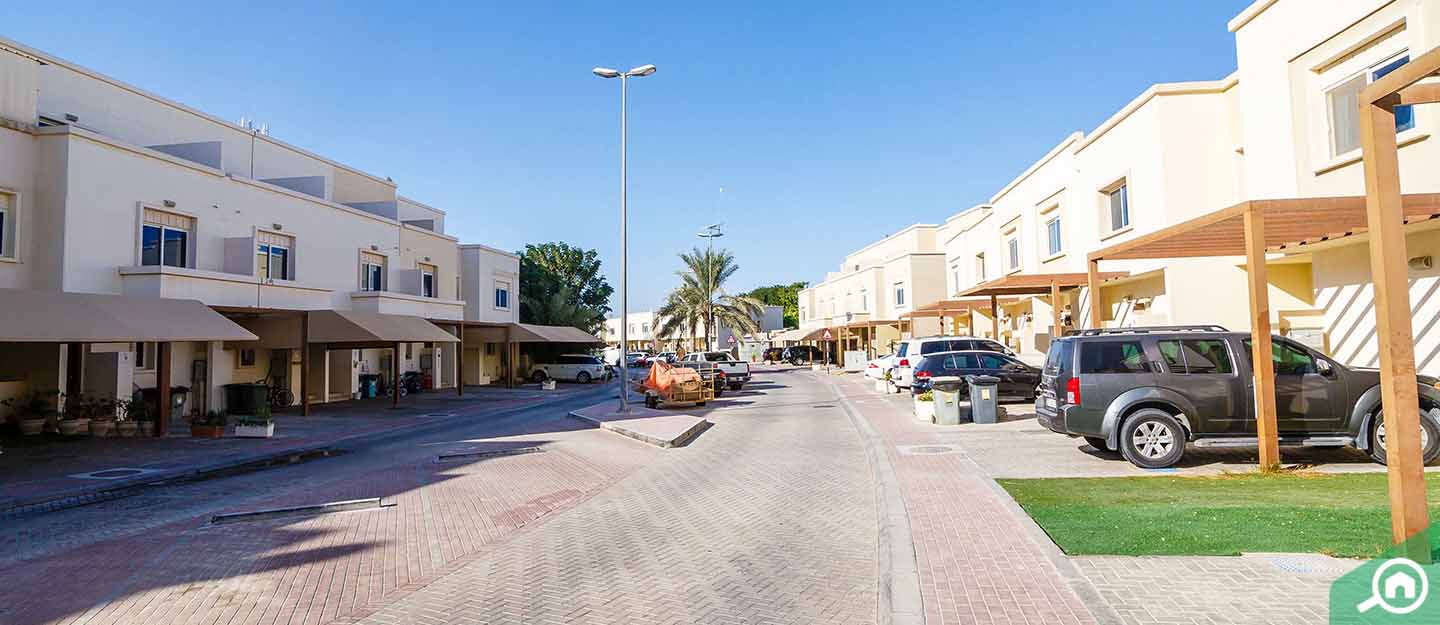-
The Abu Dhabi residential market delivered 1,700 apartments, 50 villas during the quarter
-
Grade A and B office buildings in Abu Dhabi experience demand from Chinese, Israeli companies
The villa market rental rates in Abu Dhabi and Dubai were strong in the first quarter (Q1 2021) despite the ongoing economic challenges and COVID-19 concerns, according to a report published by property management experts Asteco.
The Abu Dhabi residential market delivered approximately 1,700 apartments and 50 villas during the quarter with an increase in demand for villas, particularly within well-developed villa communities such as Yas Island, Al Raha Beach, Saadiyat Island as well as the Al Reef community. Although average villa rental rates remained more or less unchanged, there was a significant increase in rents for West Yas, Golf Gardens and Saadiyat Beach Villas.
According to the report, demand for completed villas for sale remained high in Q1 2021, predominantly driven by the limited availability of quality properties offered at attractive prices. Affordable communities such as Al Reef also noted heightened interest and hence an average quarterly rise in sales prices of 7 percent. Conversely, Apartment sales prices remained broadly unchanged over the last 3 months due to limited demand in this sector.
Although the average rental market for residential properties remained relatively stable in Q1 2021, with a large majority of tenants looking to upgrade or upsize due to increased affordability within the mid to high end sector and the continued incentives offered by landlords, the office sector remained one of the most challenged asset classes in the Emirate. Landlords also increasingly offered incentives related to payment and lease terms. Several Grade A and B office buildings experienced a rise in demand from Chinese and Israeli companies looking to establish a base in Abu Dhabi.
Dubai Residential, Office Real Estate Market
The report indicated that no large-scale villa developments were handed over during the first 3 months of 2021 in Dubai, while apartment supply stood at nearly 2,000 units with notable deliveries in emerging communities such as Dubai Hills Estate and Dubai Creek Harbour. Office completions were marginal at 70,000 Sq. Ft. of space.
The rental market in Dubai during the first quarter for apartments and villas increased, with average rental rates growing by 1 percent and 4 percent respectively. However, rates were still 10 percent and 2 percent less for apartments and villas when compared to the same period last year.
The surge in demand for villas can be attributed to changing working and living habits. Office rental rates continued their downward trajectory with quarterly and annual drops of -3 person and -18 percent.
Similar to the rental market, the current situation has also affected sales prices to varying degrees with an average quarterly growth of 3 percent for apartments and 6 percent for villas.
Although the impact on investment properties (educational, hospitality, and offices) has seen less activity, the villa segment witnessed a marked increase. For example, villa sales prices in Arabian Ranches, Meadows and Springs rose by 9 percent on average over the quarter. Apartment sales also fared better with quarterly increases of 5 percent in Jumeriah Village and Dubai Sports City.
Al Ain and Northern Emirates
In Al Ain, tenants taking advantage of lower rental rates saw the Real Estate market activity in Q1 2021 increase.
Apartment rental rates across the Northern Emirates remained more or less stable over Q1 2021 with marginal declines of -1 percent for high end properties in Ras Al Khaimah (RAK) and Fujairah. Apartment sales prices in Sharjah also increased by 3 percent over the last 3 months, whilst RAK recorded no change.
The report concluded that it is apparent that the unprecedented COVID-19 situation has affected various segments of the Real Estate sector differently, down to (sub) category and segment levels, with no clarity as to when conditions will normalise and how transactional volumes and values will be affected.

